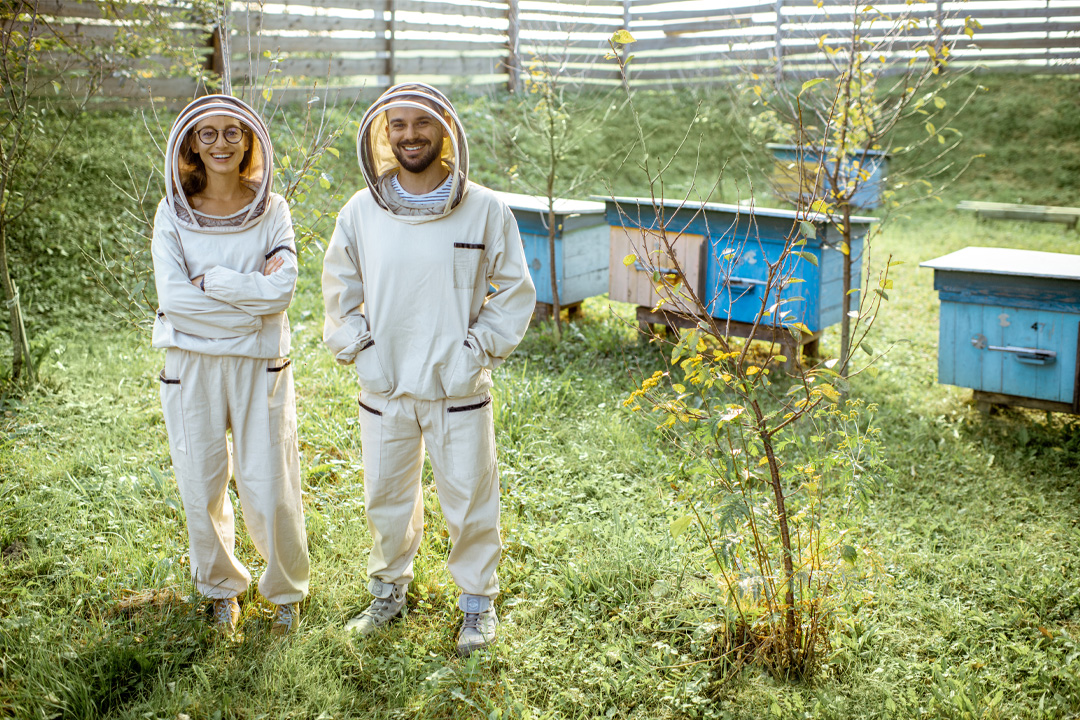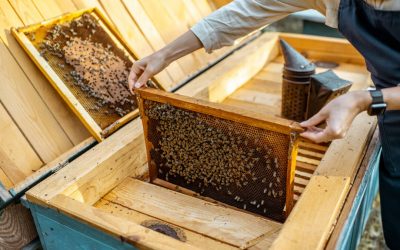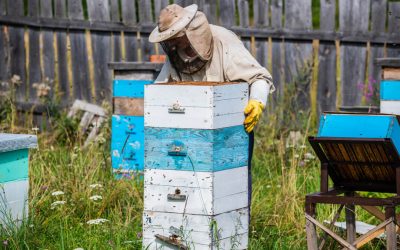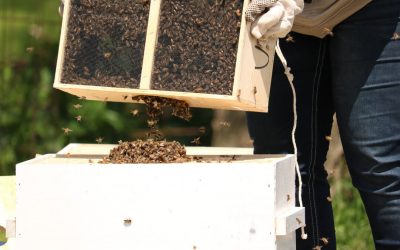The dangers of bee stings
Before we get into the specifics of beekeeping clothing, let’s briefly discuss the dangers of bee stings. Bee stings can cause a great deal of pain and swelling; in some cases, they can even be life-threatening. In addition, people who are allergic to bee stings may go into anaphylactic shock, which can be fatal.
That’s why it’s so important to take precautions when working with bees. Wearing the proper clothing is one of the best ways to protect yourself from bee stings.
The basics of beekeeping clothes
There are a few key pieces of beekeeping clothing that you’ll need in order to stay safe while working with bees. Read below on the different items you’ll need to invest in.
That’s why it’s so important to take precautions when working with bees. Wearing the proper clothing is one of the best ways to protect yourself from bee stings.
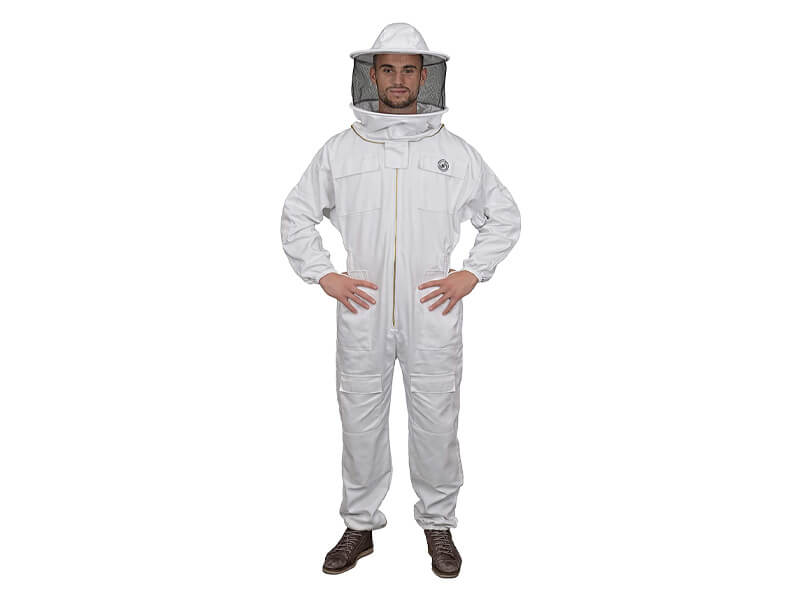
Suit
This suit covers your entire body and has a veil attached to the hat. The entire suit is usually made out of white cotton or a similar light-colored fabric. The veil is important because it protects your face and head from bee stings. Beekeeping suits can be purchased online or at many beekeeping supply stores.
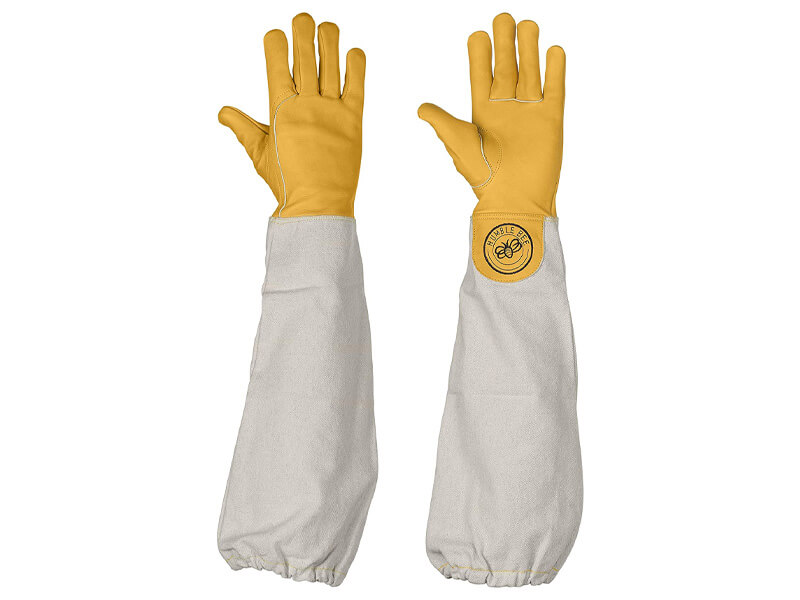
Gloves
In addition to a beekeeping suit, you’ll also need gloves. Beekeeping gloves are usually made of leather and extend up to the elbow. They protect your hands and arms from bee stings and help you avoid getting stung while handling bees.
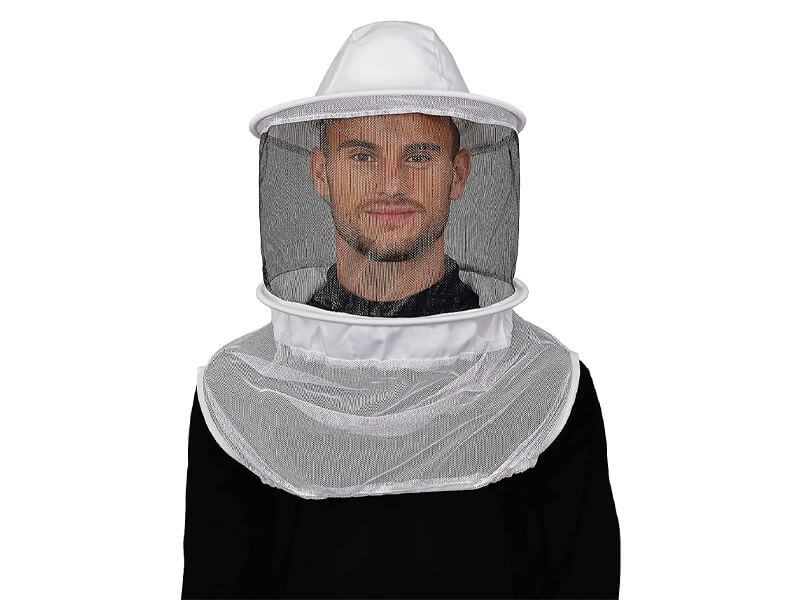
Veil
If you don’t want to purchase a beekeeping suit, you can opt for a beekeeping veil instead. A beekeeping veil is a hat with a net attached that covers your face. It’s important to make sure that the veil fits snugly around your head so that bees can’t get inside.
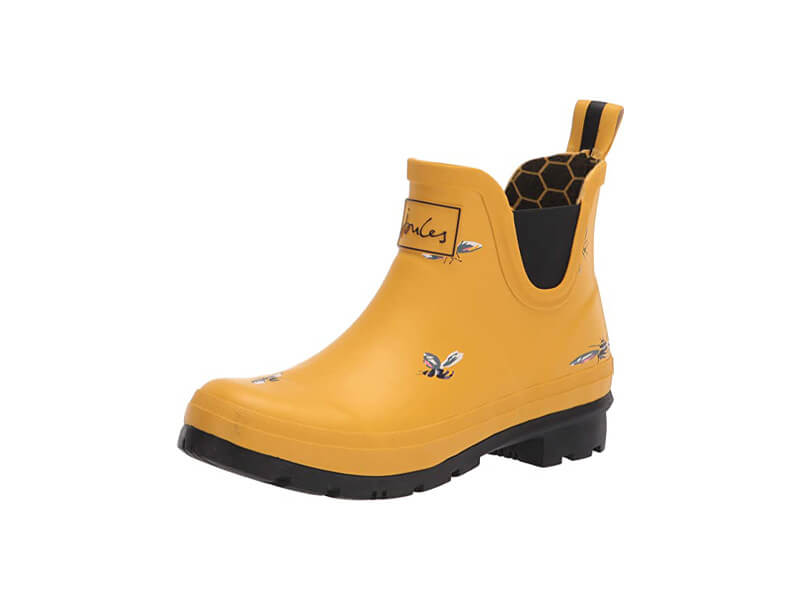
Boots
Finally, you’ll need beekeeping boots. These boots are usually made out of leather, and they extend up to the knee. They protect your legs and feet from bee stings, and they also help you to avoid stepping on bees. Long, rubber boots that you usually where to fish or hunt are great examples of beekeeping boots.
Different types of beekeeper veils
When buying a veil, you must know that there are different types you can get. The most common type is the full veil, which covers your entire head and face. This type of veil offers the most protection from bee stings. Another type of veil is the half veil, which only covers your face. Half veils are less common than full veils, but they’re still an option if you prefer not to cover your entire head.
What to look for in beekeeping suits
When purchasing a beekeeping suit or veil, you should keep a few things in mind. First, make sure that the fabric is light-colored. Bees are attracted to dark colors, so wearing a dark beekeeping suit will only make them more likely to sting you.
Second, make sure that the beekeeping suit or veil fits snugly. Loose-fitting clothing can give bees easy access to your skin, so it’s important to make sure everything is nice and tight. Finally, make sure that the beekeeping suit or veil is made out of breathable fabric. You’ll be working in hot weather, so you don’t want to wear a beekeeping suit that will make you sweat.
Bee suit vs. Bee jacket
Another thing to keep in mind when purchasing beekeeping clothing is the difference between a bee suit and a bee jacket.
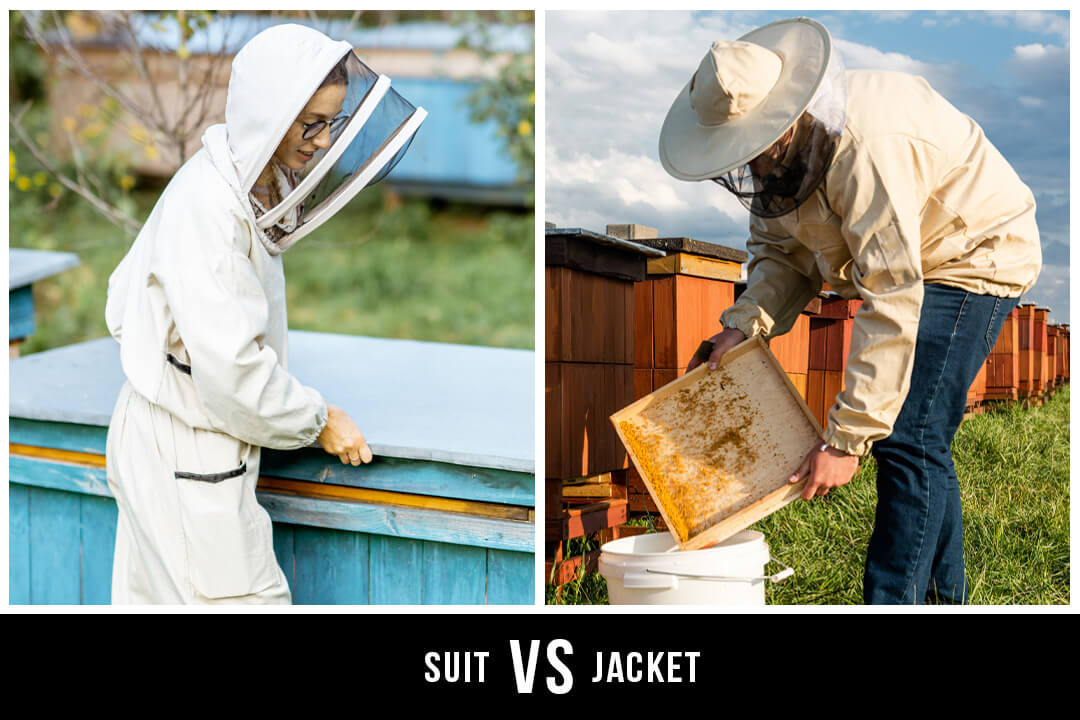
A bee suit covers your entire body, while a bee jacket only covers your torso. Bee jackets are less common than bee suits, but they’re still an option if you prefer not to cover your entire body.
When deciding between a bee suit and a bee jacket, it’s important to consider the climate you’ll be working in. If it’s hot out, you may want to opt for a bee jacket, so you don’t overheat. However, if it’s cold out, you’ll need to ensure you have a bee suit that keeps you warm.
How effective are beekeeping suits?
Beekeeping suits are very effective at protecting beekeepers from bee stings. In fact, studies have shown that beekeepers who wear beekeeping suits are less likely to be stung than those who don’t. This is because beekeeping suits work by creating a barrier between the bees and the beekeeper’s skin.
The suit also makes it difficult for bees to get a good grip on the beekeeper’s skin, which makes it less likely that they’ll be able to sting. So beekeeping suits are not 100% effective at preventing bee stings, but they’re the best way to protect yourself from being stung.
Why beekeeping clothing is so important
As we’ve discussed, bee stings can be painful and even dangerous. That’s why it’s so important to wear the proper clothing when working with bees. The beekeeping suit and gloves will protect you from bee stings, and the beekeeping boots will protect you from stepping on bees. You can avoid being stung and keep yourself safe while working with bees by wearing the proper clothing.
How to treat a bee sting
If you do get stung by a bee, don’t panic. There are a few things you can do to treat the sting. First, remove the stinger from your skin. You can do this with your fingers or with a pair of tweezers. Next, wash the area with soap and water. Finally, apply a cold compress to the area to help reduce swelling.
If you’re allergic to bee stings, it’s important to seek medical attention immediately. An allergic reaction can be life-threatening, so it’s not something you should try to treat on your own.
Bee stings are a part of beekeeping, but that doesn’t mean you have to be afraid of them. You can keep yourself safe while working with bees by wearing the proper clothing and knowing how to treat a bee sting.
Conclusion
Beekeeping can be a dangerous hobby if the proper precautions are not taken. One of the most important things to do when beekeeping is to wear the proper clothing.
This clothing includes a bee suit or bee jacket, gloves, and beekeeping boots. By wearing this clothing, you can avoid being stung by a bee and keep yourself safe.
Hopefully, this article has helped you understand the importance of beekeeping clothing and how to choose the right clothing for you.
If you need additional help getting started or managing your beehive, be sure to read our beginners guide to beekeeping.

